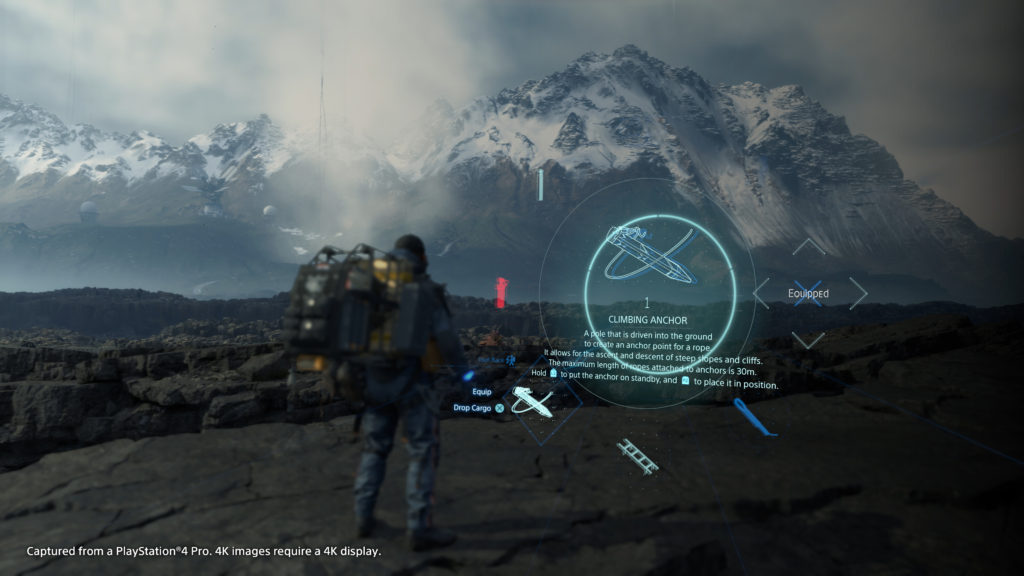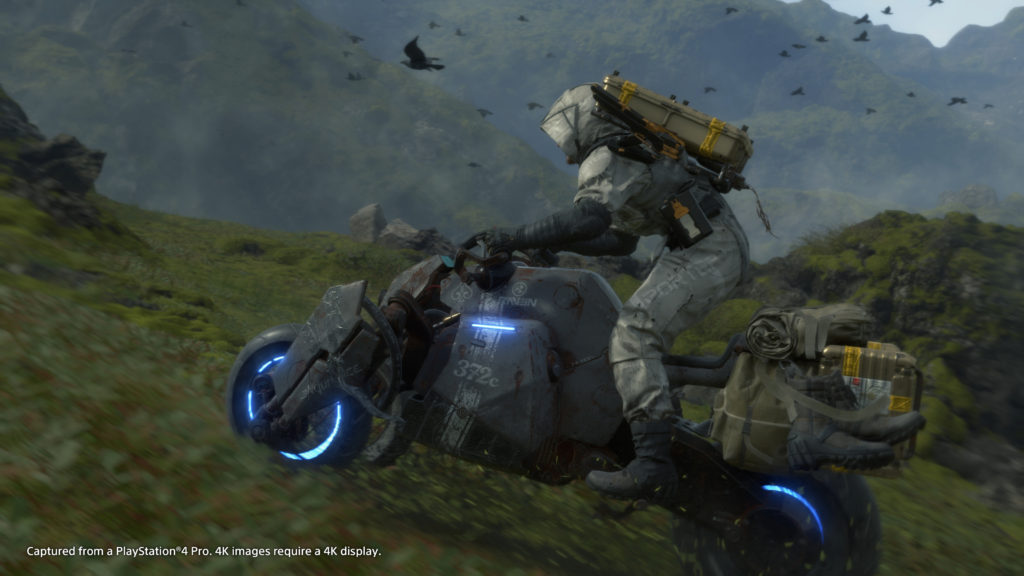
Death Stranding: Building Bridges and Paying it Forward
Dearest Andrew,
There is something about Death Stranding that makes that entire game feel like a contradiction. Every single task, order, delivery, chore, or otherwise that is presented to me fills my entire being with dread. Hideo Kojima’s esoteric passion project is essentially “Monotonous Chore Simulator,” something about as fun as attempting to carry as many grocery bags as possible from the car to your kitchen in one trip.
And yet somehow, someway, Death Stranding has pulled me in, much in the same way as those BTs would drag down Norman Reedus in tar. I am absolutely addicted to this game, and since buying it on day one I’ve been working backward in figuring out why I decided to purchase this game on day one. As a games critic, my first notion was that I had a professional obligation to be a part of the wider discourse surrounding Kojima’s latest—but that wasn’t particularly true, because I’ve skipped on plenty “big” games this year. Perhaps it was FOMO as someone ingrained in the gaming community but rarely do I actually give in to peer pressure, especially seeing how I haven’t played Kojima games beforehand.
I honed in on a specific point in my train of thought, and I think where the game clicked with me is when I first viewed the Tokyo Game Show 2019 footage of Death Stranding. At its core, this game is all about getting from one place to another in the most optimal way. Already I harkened back to my time with The Legend of Zelda: Breath of the Wild—through that game’s open world, I spent countless hours combing every square inch of Hyrule, finding both joy and tension in figuring out how to get somewhere. Navigating the environment is in itself the puzzle.

What makes Death Stranding different to me is that the player gets a little bit of help on the way. As you well know by now Andrew, the player traverses the map as Sam Porter Bridges using a number of tools to their disposal: ladders, ropes, bridges, and roads, to name the essentials. The crux of the game has the player connecting areas into the “chiral network,” basically the Super Internet, and through whatever nonsense logic and technicalities within Kojima’s wacky world, the chiral network will spawn ladders, ropes, bridges, roads, and so on from other players around the world into your own game instance.
In a way, this makes every player’s experience different from one another’s. I may have climbed different ladders from you to reach the same spot, making my journey a bit quicker than yours. Depending on how the game decides whose stuff spawns in your session, I wonder if this game may be easier for people who get into it later than everyone else. With that in mind, I end up having questions about the players who leave their traversal tools behind.
Deploying a ladder to reach a certain height has a different rationale and justification than leaving rope to climb. Setting up a ladder is an upwards action, a decision you make for your own personal benefit; and hey, since that ladder is already up, you might as well leave it to give whomever an assist. But every once in a while, I will be following the route I’ve created on the world map, only to find that my path goes straight through a mountain or some other obstruction—but the journey is expedited by a rope left hanging, free to use.
To set up that rope in that exact spot takes a lot of time and effort; it involves a different player before you, with no such rope to help them, traveling all the way up there, and then making the decision to place a climbing anchor and drop a rope down to their original starting point. Assuming there was no return trip, the same way back, there is no reason for that player to expend something from their inventory to help other weary travelers. And in a game that is already so time-consuming, I begin to wonder about who does this purely out of goodwill.

Death Stranding has plenty of smaller examples of this: leaving behind signs to warn players of BTs and Mules, building little boost pads for vehicles, and even signs that encourage and motivate. Whenever I plot a route, I mainly base it on using structures that other players have built as checkpoints on the way; I can’t begin to tell you how many times I was grateful for the perfectly placed postboxes, generators, and Timefall shelters. Perhaps this is where the joy comes from—in the face of difficult travel conditions and obstacles stemming from uneven terrain, the forces of nature, and outside parties, here is an entire community expressing solidarity and help, communicating with actions and buildings rather than with words.
So here is the question I pose for you, Andrew: how far are you willing to go to pay it forward in Death Stranding? Am I out of my mind for shoving my main orders in the backburner to invest in building projects for bridges and roads to get over nasty chasms? Am I putting too much weight on my back, literally and figuratively, by picking up as much lost cargo as I can on the way to my destination? Am I wasting precious resources by stuffing some of my ladders and carriers in shared lockers for strangers to utilize one day?
I’ve got to hear it all, Andrew. How would you describe your own Sam Porter Bridges?






1 thought on “Death Stranding: Building Bridges and Paying it Forward”